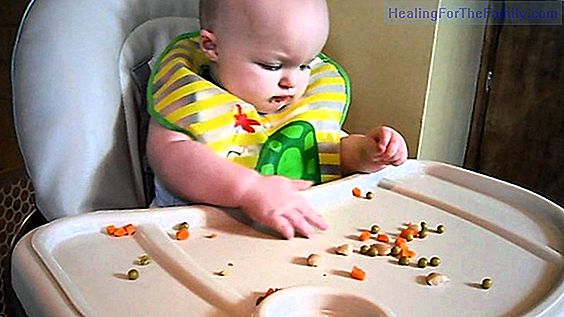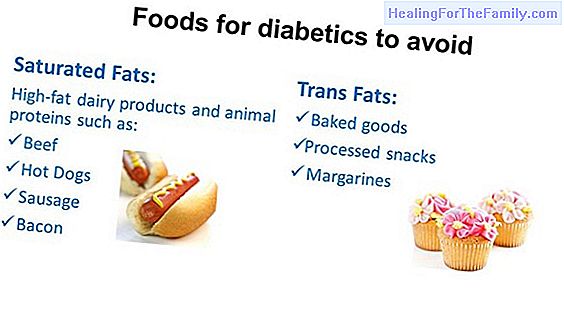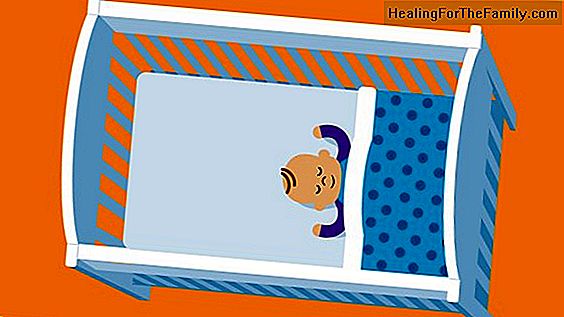What is gingivostomatitis. Inflammation in the mouth of babies and children
Gingivostomatitis is defined as inflammation of the oral mucosa, with aphthae and swelling of the gums. It is a very annoying picture that affects, to a greater or lesser extent, practically all children during the first three years of life. We tell you why this inflammation of the oral mucosa appea
Gingivostomatitis is defined as inflammation of the oral mucosa, with aphthae and swelling of the gums. It is a very annoying picture that affects, to a greater or lesser extent, practically all children during the first three years of life.
We tell you why this inflammation of the oral mucosa appears and what precise treatment in babies and children.
Causes and symptoms of gingivostomatitis in babies and children

Although the causes of gingivostomatitis can be very different, the main one is infectious. The virus most frequently involved is Herpes simplex type 1. In fact, the first time an infection is passed by this virus, it usually causes this disease. Recurrences of it usually cause mild problems, which are known as cold sores (commonly known as 'fever').
From a clinical point of view, gingivostomatitis presents with fever, irritability, pain when swallowing, difficulty feeding, drooling and bleeding from the gums. In the most severe cases or in very hot environments, the child may become dehydrated, this being the most worrying fact and the main reason for hospital admission.
Treatment of infant gingivostomatitis
Regarding treatment, the main thing is to guarantee the child's hydration and nutrition (providing water, juices or fresh milk in small periodic doses). Avoid extreme temperatures, citrus fruits and very salty foods. In addition, it is advisable to provide analgesics such as ibuprofen.
In certain circumstances, specific antivirals may be administered. Patients with more severe or clinically dehydrated conditions should be admitted to receive intravenous fluid therapy.












